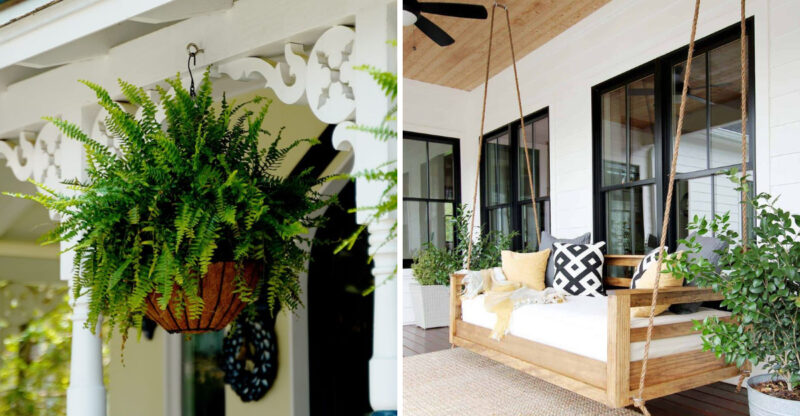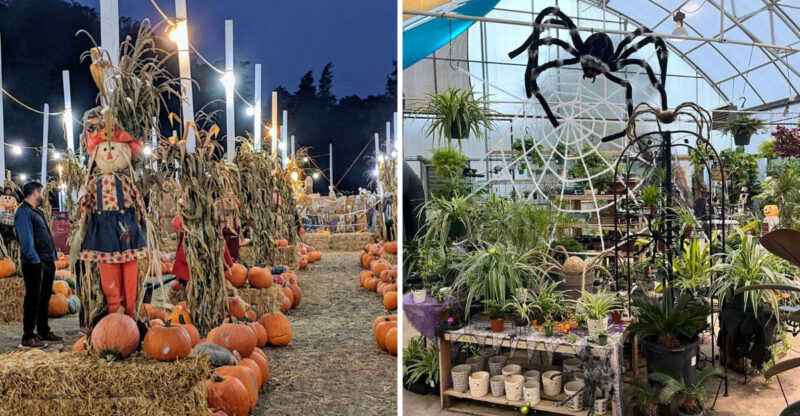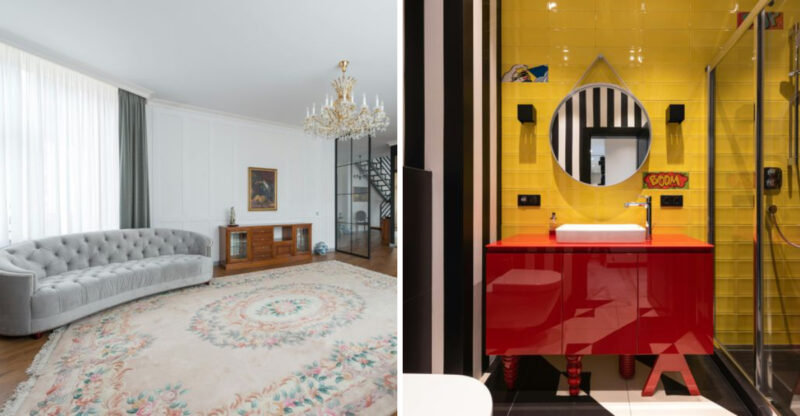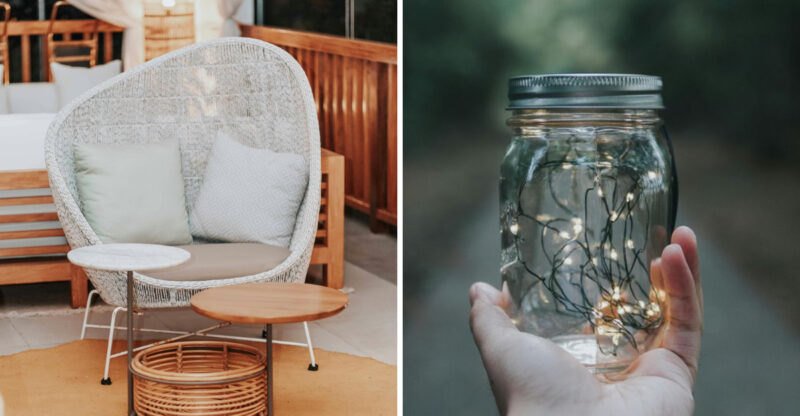10 Things Experts May Always Advise Removing From Your Basement
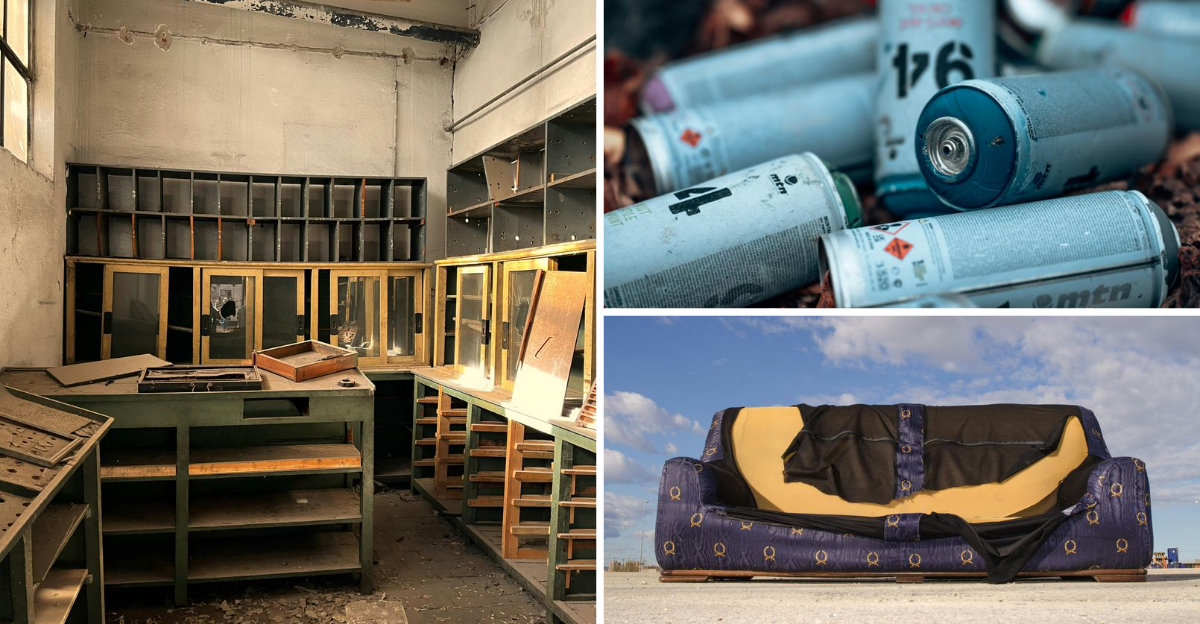
Your basement often becomes the final resting place for items you’re not quite ready to part with. But experts warn that cluttered basements can harbor moisture, pests, and even pose safety hazards to your home and family.
Clearing out these common culprits not only creates more usable space but also helps maintain a healthier home environment.
While these tips are based on general household safety and organization practices, the actual conditions and risks in your basement may differ depending on your home’s design and location.
1. Old Mattresses
Mattresses in basements quickly become magnets for moisture, mold, and dust mites. The fabric and padding soak up humidity like a sponge, creating perfect breeding grounds for allergens that can spread throughout your home.
Even if your basement seems dry, the natural dampness can seep into mattress materials over time. These bulky items also waste valuable storage space that could be used more efficiently.
If you’re keeping an old mattress as a “just in case” backup, consider that most are unhygienic after years in basement storage anyway. Donate usable mattresses to shelters or recycle them through specialized programs instead of letting them deteriorate in your basement.
2. Broken Chairs
Hanging onto broken chairs “just in case” you fix them someday? That day rarely comes. These damaged pieces create unnecessary clutter while serving no practical purpose in your home.
Broken chairs with splintered wood or exposed metal parts pose safety hazards, especially in dimly lit basement areas. Children exploring or adults navigating through storage could easily suffer injuries from these damaged items.
If the chair has sentimental value but isn’t functional, consider taking photos before disposing of it. For wooden chairs with only minor damage, consider upcycling the good parts into decorative elements rather than storing the entire broken piece indefinitely.
3. Worn-Out Sofas
Basement sofas quickly become health hazards when exposed to humidity. The upholstery absorbs moisture, creating perfect conditions for mold growth deep within cushions where you can’t easily see it.
These bulky items consume massive amounts of valuable space while collecting dust and potentially attracting pests looking for shelter. Mice and insects often make homes inside deteriorating furniture, using the stuffing as nesting material.
If you’re keeping an old sofa for a future basement rec room, reconsider whether it’s worth the risks. Basement furniture should be specially selected for lower-level conditions rather than using cast-offs that weren’t designed to withstand those environments.
4. Outdated Shelving
Those rickety metal shelves from decades ago aren’t just eyesores they’re accidents waiting to happen. Unstable shelving units can collapse under weight, potentially causing injury or damaging valuable items stored on them.
Rusty metal shelving releases particles that can stain nearby items and even affect air quality in enclosed basement spaces. Outdated wooden shelves often can’t withstand basement humidity, becoming warped and structurally compromised over time.
Modern storage solutions are designed with moisture resistance and proper weight distribution in mind. Investing in quality shelving actually creates more usable space while keeping your belongings better protected. Consider replacing outdated units with adjustable systems that can grow with your storage needs.
5. Rusty Tools
Rusty tools cluttering your basement aren’t just eyesores they’re safety hazards waiting to cause injuries. The deteriorating metal can flake off, creating sharp edges that easily cut skin during handling.
When rust progresses far enough, tools lose their structural integrity and can break unexpectedly during use. This is especially dangerous with items like hammers or wrenches where failure could cause serious accidents. Beyond safety concerns, heavily rusted tools simply don’t work effectively.
If you have emotional attachments to vintage tools, consider displaying one or two special pieces rather than hoarding piles of unusable implements. For basic tools with minor rust, restoration might be possible, but those with significant corrosion should be properly recycled at metal collection facilities.
6. Unused Appliances
That bread maker you used twice or the old microwave you’re keeping “just in case” are prime candidates for basement eviction. Appliances contain components that degrade in damp environments, potentially creating fire hazards if used after prolonged basement storage.
Older models often contain hazardous materials that can leach out over time, especially when exposed to moisture. These unused items also consume valuable space that could serve more practical storage needs.
Many communities offer electronics recycling programs that safely dispose of appliance components. For working items, consider donating to shelters or community centers where they’ll be put to good use instead of collecting dust. If you haven’t used an appliance in over a year, chances are you won’t miss it.
7. Expired Storage Bins
Plastic storage containers don’t last forever, especially in fluctuating basement conditions. Over time, plastic becomes brittle and develops tiny stress fractures that compromise the container’s integrity.
These aging bins can suddenly crack when moved or when weight shifts inside them, potentially damaging valuable contents. The degraded plastic may also release chemicals as it breaks down, particularly when exposed to temperature fluctuations common in basements.
Inspect your storage containers annually for signs of yellowing, brittleness, or cracks. Replace compromised bins with newer models designed to withstand basement conditions. Modern storage solutions often feature reinforced corners, better sealing mechanisms, and materials specifically formulated to resist degradation in variable environments.
8. Broken Cabinets
Cabinet units with broken doors or damaged shelving quickly become catchalls for disorganized clutter. The broken components prevent proper closing, exposing contents to dust and potentially attracting pests looking for hiding places.
Many older cabinets contain particleboard which deteriorates rapidly in humid basement environments, sometimes releasing formaldehyde and other chemicals as it breaks down. The structural weakness can lead to collapse, potentially damaging items stored inside or causing injuries.
If you’re keeping damaged cabinets for storage, consider whether open shelving might actually serve you better. For wooden cabinets with minimal damage, evaluate whether repairs are practical or if repurposing individual components makes more sense than storing the entire broken unit.
9. Old Paint Cans
Those half-empty paint cans from previous projects pose serious environmental and safety hazards in your basement. Over time, paint can separate, harden, or develop bacteria growth, making it unusable for touch-ups anyway.
Improperly stored paint creates fire risks, especially oil-based varieties which contain flammable solvents. The metal cans eventually rust in basement humidity, potentially leaking contents onto floors and nearby items.
Instead of storing entire gallons, transfer small amounts of paint to airtight glass jars for touch-ups, clearly labeled with the room, color name, and date. Properly dispose of the remainder at community hazardous waste collection events. Many areas have specific regulations against disposing of paint in regular trash, so check local guidelines before discarding.
10. Torn Upholstery
Furniture with ripped or torn upholstery quickly becomes a haven for dust mites, mold spores, and even small pests in basement environments. The exposed padding and interior materials absorb moisture much more readily than intact coverings.
These tears create perfect entry points for mice and insects looking to build nests inside furniture. Once pests establish residence in upholstered items, they often spread to explore other areas of your home.
If you’re keeping damaged furniture with plans to reupholster someday, set a deadline. Either schedule the repairs or consider whether the piece is truly worth the investment. For items with good frames but damaged upholstery, you might strip them down to the wood components for easier, cleaner storage until renovation becomes possible.

